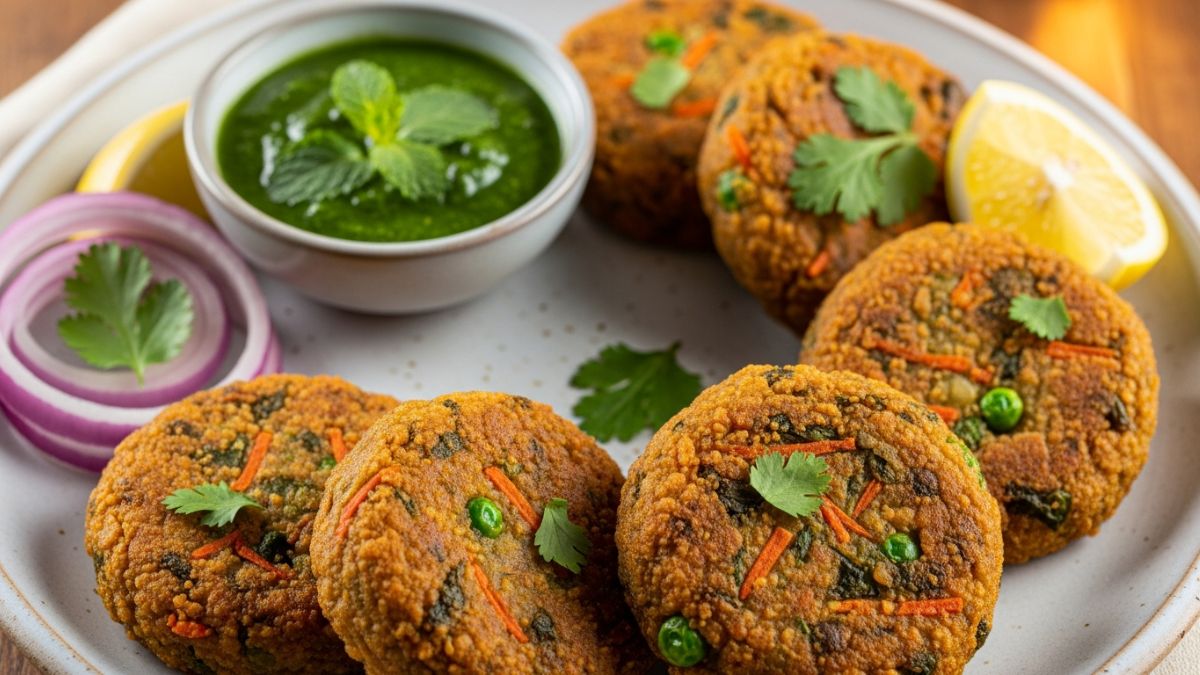After writing this column for several months now, it would be impossible to ignore the sense of outrage from many of the Guardian's readers' comments, not just the concept of "leftovers" but that it might apply to Guardian readers themselves.
Herein lie several problems. Firstly, as far as I know, the local authorities in the UK who collect food waste and analyse household waste do not break the information down by media demographic. There is, as yet, no creditable correlation between what you read and what you throw away.
This leads me to the second problem. It might not be you, but the fact is that someone is throwing milk away; some six million glasses of milk every day in the UK. By weight, milk is the third largest foodstuff thrown away every year - a staggering 290,000 tonnes of avoidable waste is thrown away because it has passed its use-by date, or because we have just bought too much.
So if it isn't you (Guardian reader), perhaps you can nudge your Argos-, Times-, Courier-, News-, and Mail-reading friends in the right direction. It might help!
Strictly speaking, this week's post on leftover milk is actually a post about what to do with milk before it goes off; before it becomes actual waste, which can apply to readers everywhere.
I will confess, as a Guardian reader, that I have occasionally thrown milk away, usually because it has soured. The obvious solution is to freeze the milk in a container large enough to leave room for the milk to expand during the freezing process. Once defrosted the milk may have appeared to separate, but a quick stir or shake will sort things out.
One of the things that can contribute to milk deteriorating is keeping it in the compartment in the fridge door, where the milk is subjected to variations in temperature (every time the fridge door opens and closes). Putting the milk in the main part of the fridge, where it is cooler and the temperature constant is the best way to keep your milk fresher for longer.
I also regard the "use-by" date in the light of a guide rather than an instruction. I find milk is usually drinkable for another five days or so. Clearly your nose will tell you if your milk has gone off. (Actually, my nose doesn't always tell me, but a freshly brewed cup of tea always does. If the milk separates on contact with hot water, it is definitely beginning to turn even if it still smells palatable.)
1. Slow-cooked creamy fennel soup
Soup is the answer to many leftover questions and is a great way of using up leftover vegetables and bits of meat or pasta. I really like adding milk to soups, rather than cream, as it both dilutes and pads out the soup. It also seems to work as something of a flavour-enhancer, softening some of the bolder flavours in a soup and change the balance of flavours for the better.
This rich and creamy soup is perfect for the warmer weather and can be served cold.
Ingredients:
a large knob of butter
1 onion, chopped
1 garlic clove, very finely chopped
1/2 a tsp of fennel seeds
2 fennel bulbs, trimmed and roughly chopped (reserve any of the ferny fronds to serve)
450ml chicken or vegetable stock
100ml white wine (optional)
100ml milk
salt and freshly ground black pepper
smoked salmon, to serve
Gently fry the onion and garlic in the melted butter, together with a pinch of salt, for about 10 minutes until beginning to soften, stirring occasionally.
Add the chopped fennel bulbs, and continue to sweat in the buttery onion mixture, in a covered pan, for about 20 minutes, stirring occasionally.
Add the wine if using and simmer for 5 minutes before adding the fennel seeds and stock. Simmer for another 25 minutes. Set aside to cool a little before blending. (Do not try to blend when hot, as this can be dangerous, particularly if using a jug blender. A combination of hot soup, a build-up of steam and vibration, can cause the hot liquid to explode out of the blender. It is much safer to let it cool a little!)
Whizz the soup in a blender until smooth. You can at this point also put it through a sieve if you want to ensure a very smooth and silky soup.
Return to the pan. Add the milk and reheat gently (do not boil after you have added the milk), and season to taste.
Serve with a little of the chopped fennel fronds together with a few strips of smoked salmon.
Tip: Instead of using smoked salmon, I also like to add a sprinkling of the Japanese spice mix, shichimi togarashi, which is a lovely blend of salt, pepper, dried orange, chilli and ginger.
2. Cottage cheese or paneer
Should you have a spare litre of milk, then this recipe is definitely worth the reward - just over 200g of fresh cottage cheese or paneer.
Ingredients:
1L whole or semi-skimmed milk
juice of 1 lemon
1 tsp salt
Rinse a large non-reactive saucepan with cold water and then drain. The reason I do this is because I find that the milk doesn't adhere to the bottom of the pan quite as tightly and it is much easier to clean afterwards!
Bring the milk to the boil in the saucepan. Remove from the heat. Add the lemon juice and salt. Stir well. Set aside.
After about 5 minutes, the milk will begin to separate into curds and whey (a watery liquid), although it may take longer than 5 minutes.
Once the curds have completely separated from the whey, strain through a sieve, reserving the whey.
Don't pour the acid whey down the drain. There are lots of things you can use it for, from making a tart and refreshing lemonade or adding it to your bread dough, to making ricotta cheese or using it in a marinade. Jill of The Prairie Homestead has lots of ideas on using up leftover whey to inspire you.
Rinse under a cold tap to cool the curd. Push down to squeeze out as much water as possible. Your cottage cheese is now ready to eat.
Making paneer takes the cheese-making process one step further. Once you have squeezed out the excess water, put the curds in a clean cotton tea-towel or muslin cheesecloth. Twist and squeeze the cloth to remove excess liquid. Put the cloth over a sieve and leave for 3 to 4 hours to drain further.
Put the cloth and curds on a plate or chopping board. Top with another plate or board. Add heavy weights, (tins of beans will work). The weights pressing down compress the cheese and squeeze out those final drops of liquid. You will be left with a firm cream cheese.
Tip: One of my favourite recipes that uses paneer is my favourite curried "cheesy peas" or mattar paneer. This one from Prashad Restaurant in Bradford is a bit of a winner.
3. Whyte Leach
There are many milk puddings around the world, from panna cotta to blancmange. A precursor of all of these was the rather unappetisingly named "leech" - a medieval milk pudding that would have originally used isinglass to set it.
This version is adapted from Robin Weir and Caroline Liddell's wonderful Recipes from the Dairy - a book which is a must if you are interested in traditional British recipes. Some of them might surprise you as they feel surprising modern.
Ingredients:
cold water
5 sheets of leaf gelatine
500ml milk
75g sugar
1 tbsp orange blossom water
poached strawberries, to serve
Cut the gelatine leaves into pieces and soak in cold water according to the packet instructions.
Heat the milk to just about boiling. Stir in the sugar until it has dissolved. Add the orange blossom water. Set aside.
Squeeze out the gelatine leaves. Add to the milk mixture and stir until dissolved.
Sieve and pour into a lightly-greased baking dish or cake tin.
Leave in a cool place to set overnight.
Turn out the set leach onto a plate or chopping board. Traditionally it would have been cut into squares and perhaps gilded with edible gold.
Tips: I served mine with strawberries that had been poached in red wine with a little sugar, a bay leaf, a quarter teaspoon of ground cardamom, black peppercorns and a splash of orange blossom water. You can also replace the orange blossom water with rosewater.
Other ideas for using up milk:
4. I love Camilla Hawkins of Fab Food 4 All's strawberry-vanilla milk ice cream recipe - a perfect summer cookery project for the kids!
5. What about Felicity Cloake's perfect croque monsieur sandwich? Now I always include a few tablespoons of milk.
6. Keeping things seasonal, Shaheen at Allotment 2 Kitchen has a beautiful strawberry custard tart recipe.
7. What about another old English recipe? The froise is a part pancake, part omelette, whether sweet or savoury. I love mine with bits of mushroom and bacon.
8. Rupert Kirby of Casa Rosada makes a Bolinhas summer dessert. It is a glorious doughnut, filled with custard and summer berries.
9. Katie Thisdell of Counter Dog makes a traditional American hot milk cake - the charming story that comes with it is an added bonus!
10. These boozy rum babas use just a few tablespoons of milk. I've updated them with a fragrant lemongrass syrup.
11. Kavita of Kavey Eats makes a gooey banana cake - just a few tablespoons of milk to loosen the batter and the perfect way to use up those very ripe bananas.
12. Whether it's for breakfast or just pudding, this recipe for ricotta hotcakes with honey mascarpone and a tropical salsa sounds delicious.
13. Nigel Slater's smoked haddock poached in milk with potatoes and bacon comes very highly recommended - perfect whatever the weather.
14. When milk goes sour, this scone recipe from Caroline Marson is a fantastic way of using it up.
So what would you do with extra milk? A creamy macaroni cheese or a classic American gravy? Milkshake, smoothie or cocktail? (The Bolshoi Bull is a curious mix of vodka, milk and Drambuie). Or a traditional rice pudding?
Rachel Kelly is the Guardian home cook of the year 2013. Read more on her website or follow her on Twitter @MarmadukeS.
Interested in finding out more about how you can live better? Take a look at this month's Live Better challenge here.
The Live Better Challenge is funded by Unilever; its focus is sustainable living. All content is editorially independent except for pieces labelled advertisement feature. Find out more here.
Whyte Leach with poached strawberries. Photograph: Rachel Kelly










